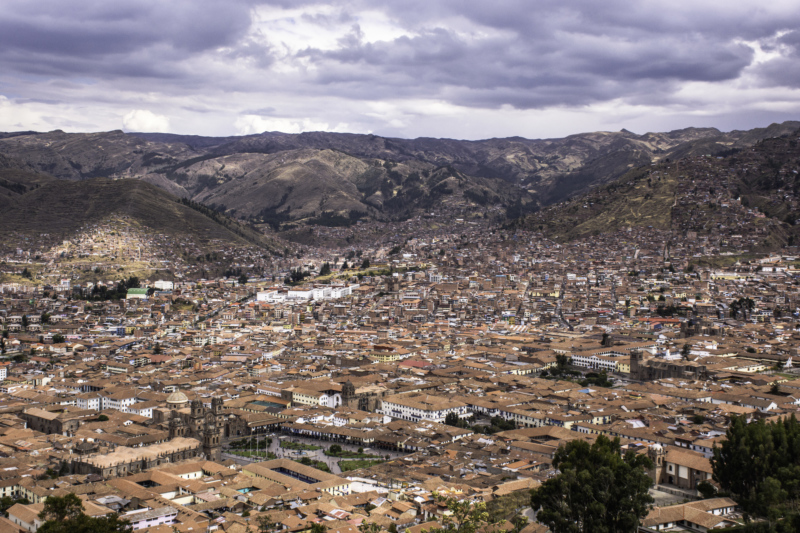Bolivia & the Global Fight Against Climate Change
In the past year, the Bolivian government has emerged as an outspoken critic of climate change policies.
This post is also available in: Español
Covid-19 has devastated the Peruvian economy. But as the country seeks to rebuild in the virus’s wake, it has a chance to focus on fighting climate change and creating a more sustainable development model. The extractive industries central to Peru’s economy are a source of underutilized revenues that could help seize this opportunity.
In December, as part of the five-year update to its Nationally Determined Contribution under the Paris Agreement, Peru increased its 2030 emissions reduction target from 20 percent to 30 percent relative to the current trajectory. Such a cut will require major action on land-use change, forestry, and energy, which together accounted for three quarters of Peru’s emissions in 2017. Peru also faces great risks from the impacts of climate change, including floods, landslides, and droughts, which the country must be prepared to mitigate.
Peru needs funds to fight climate change, and large shares of royalties and canon are transferred to local governments. In 2018, subnational governments received 7.5 billion soles of revenue from mining and hydrocarbon activities, equivalent to nearly 5 percent of the 2018 government budget.
However, our analysis of projects funded by subnational extractive revenues only identified 26 projects related to climate change since 2010, accounting for 0.01 percent of extractive revenue spending or less in every year but one. The vast majority of these projects were related to flood control, and only a handful of projects fit into other categories such as reforestation, drought resilience, and sustainable livestock.
These subnational funds could bring sustainable development to the communities and regions in which extraction takes place, but there are a number of barriers. For one, canon and royalty resources are highly concentrated in producing jurisdictions, meaning that subnational, especially municipal governments, often can’t execute all of the large sums they receive. According to the Sociedad Nacional de Minería, Petróleo y Energía (SNMPE), on average just 66 percent of canon and royalty funds were spent from 2009 to 2018.
Furthermore, local authorities lack the experience and technical capacity needed to develop climate change mitigation and adaptation projects. And for local officials, projects with short timelines and high visibility are more popular than those with long-term benefits that are less tangible, such as climate change projects. Not surprisingly, transport accounts for the greatest share of canon and royalty spending.
The extreme concentration of funds in rural producing areas and individual municipalities also works against projects like electric transport that are more relevant to urban areas and large-scale projects such as Amazon reforestation.
There are steps the government can take to overcome these hurdles. Start with a national strategy for royalty and canon spending focused on climate change or even a minimum share earmarked for it. As part of a national strategy, the government could provide greater technical assistance to subnational governments to carry out plans and projects. Reforming the system to redistribute canon and royalty funds to include non-producing areas could help spread this model of sustainable development across the country and increase the share of extractive revenues actually spent.
Finally, as the central government seeks to revitalize the economy after Covid-19, it could emphasize action on climate change through “green stimulus” measures and encourage subnational governments to use their extractive revenues for sustainable projects that also generate jobs, such as renewable rural electrification, reforestation, and resilient infrastructure.
With this approach, Peru has an opportunity to transform its economic model into one that is sustainable, resilient to climate change, and aligned with its climate commitments, all while creating jobs.

In the past year, the Bolivian government has emerged as an outspoken critic of climate change policies.
As global temperatures continue to rise with the global community stalled on any way to stop them, countries must prepare to adapt to increasingly volatile environmental conditions.
Colombia is in the midst of a mining boom. The challenge for President Santos is to capitalize on the sector’s promise.
 David Almeida / Flickr / CC BY-NC-ND 2.0
David Almeida / Flickr / CC BY-NC-ND 2.0